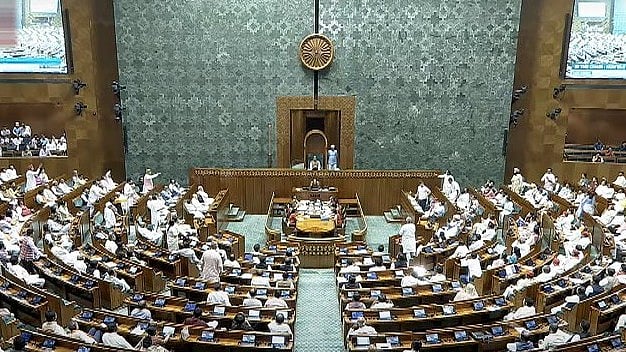There is a major, visible shift of interest towards Electric Vehicles (EVs) in the current automobile market. The general opinion is that we are witnessing the last iterations of the internal combustion engine — but are electric vehicles actually good enough to make such a massive shift?
Buying an EV may give the instant satisfaction of saving the environment but the battery will come to its end of life at a definite point. The industry is using lithium-ion batteries and millions of electric vehicles have already been manufactured. The trouble arises with regards to the disposal of these batteries, for which we yet do not have a 100 per cent environmentally friendly method. We need to find sustainable ways of recycling the batteries with a constraint in the amount of land that each region has. At present it is not economically viable for manufacturers to recycle the batteries, as new components are significantly less expensive.
Countries like the US and China are spending millions of dollars just to advance research on methods of recycling these car batteries. Instead of changing the way a car works as a whole, it would be easier and better for the environment to just formulate different fuels.
India’s first flex-fuel vehicle, the Toyota Corolla Altis Hybrid was introduced in October 2022. With modifications such as a fuel composition sensor, these Flex-fuel vehicles can run on 100% ethanol. The engine in a flex fuel vehicle is designed to work with a wide variety of fuels and fuel mixtures. India is one of the world's largest sugarcane producers, making it well-equipped to manufacture enormous amounts of ethanol.
Formula One (F1) and Saudi Aramco are both working together toward their shared objective of utilising 100% sustainable fuel by 2026. These goals are part of the overall strategy to reach Net Zero Carbon emissions by 2030. They hope to then scale up production so that commercial motorists and the rest of the transportation industry can use these fuels.
There would be no need to make any adjustments to the engines in order to use the sustainable fuels that have been proposed; they would just “drop in”. F1 cars powered by the latest generation of engines use E10 gasoline, which is composed of 90% traditional fossil fuel and 10 per cent renewable ethanol.
The proposed sustainable fuel will utilise cutting-edge components extracted from carbon capture schemes, municipal garbage, or non-food biomass (algae, agricultural waste, and non-food crops). The new fuel will reduce greenhouse gas emissions by 65% compared to fossil-derived gasoline.
Only 8% of the 1.8 billion cars predicted to be on the road by 2030 will be fully electric vehicles (Battery Electric Vehicles, or BEVs), leaving over 1.6 billion cars with an internal combustion engine.
While considering emissions, the manufacturing of an EV must also to taken into consideration which includes mining raw materials for the batteries, and the eventual disposal of the battery. Furthermore, the Institution of Mechanical Engineers (IMechE) conducted a thorough life cycle analysis on BEVs in 2020 and it indicated that over the course of their usable lives, BEVs would produce emissions of 58 grammes per kilometre. In comparison, a totally sustainable petrol-powered internal combustion engine car emits 45 grammes of greenhouse gases per kilometre.
The combustion of sustainable fuels does produce carbon dioxide as a by-product. However, using techniques like carbon-capture, the net amount of CO2 produced is zero. CO2 is extracted from the atmosphere, treated, and reintroduced.
EVs also come with the problem of a lack of repair scope. If an EV breaks down, the owner has only the option to contact the manufacturer. Despite that, one still has a non-functional vehicle. If a combustion vehicle breaks down, any mechanic can make it run. The “Tesla Rat Problem” is a high risk for Tesla vehicles as the company uses soya protein in the engine wires, as well as peanut oil as lubricant. India is not spared from the rat issue in parking spaces, thereby increasing the expenses of the owners.
Governments should set fleet-efficiency criteria for EVs, like India’s Bharat Stage Emission Standards, so that we aren’t left to rely exclusively on technology to save us. In lieu of just converting every kind of traditional combustion car to run on electricity, the focus should be on making EVs that are actually energy-efficient. When deciding whether to prioritise electric or combustion-based transportation, governments and automobile sector executives should have in-depth discussions. After making that call, research should focus on the right questions rather than blindly following the EV fad. It will be easier and faster for the “sustainable” initiative to become a reality if the sector begins to prioritise alternative fuels.
Harsh Thakrar is Assistant Professor – Finance, ASMSOC NMIMS University. Om Thakrar is Advisor, Leonem Advisory Private Limited









